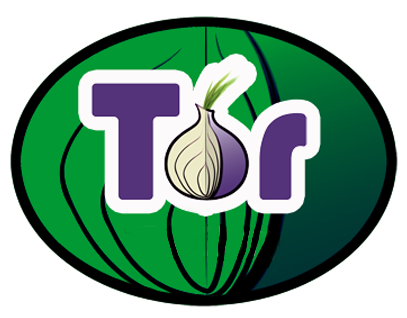
Tor is a special part of the internet that requires software, known as the Tor Browser bundle, to access it.
The name is an acronym for The Onion Router – just as there are many layers to the vegetable, there are many layers of encryption on the network.
It was originally designed by the US Naval Research Laboratory, and continues to receive funding from the US State Department.
It attempts to hide a person’s location and identity by sending data across the internet via a very circuitous route involving several “nodes” – which, in this context, means using volunteers’ PCs and computer servers as connection points.

Encryption applied at each hop along this route makes it very hard to connect a person to any particular activity.
To the website that ultimately receives the request, it appears as if the data traffic comes from the last computer in the chain – known as an “exit relay” – rather than the person responsible.
As well as allowing users to visit normal website anonymously, it can also be used to host hidden sites, which use the .onion suffix.
Tor’s users include the military, law enforcement officers and journalists – who use it as a way of communicating with whistle-blowers – as well as members of the public who wish to keep their browser activity secret.
The network has also been associated with illegal activity, allowing people to visit sites offering illegal drugs for sale and access to child abuse images, which do not show up in normal search engine results and would not be available to those who did not know where to look.